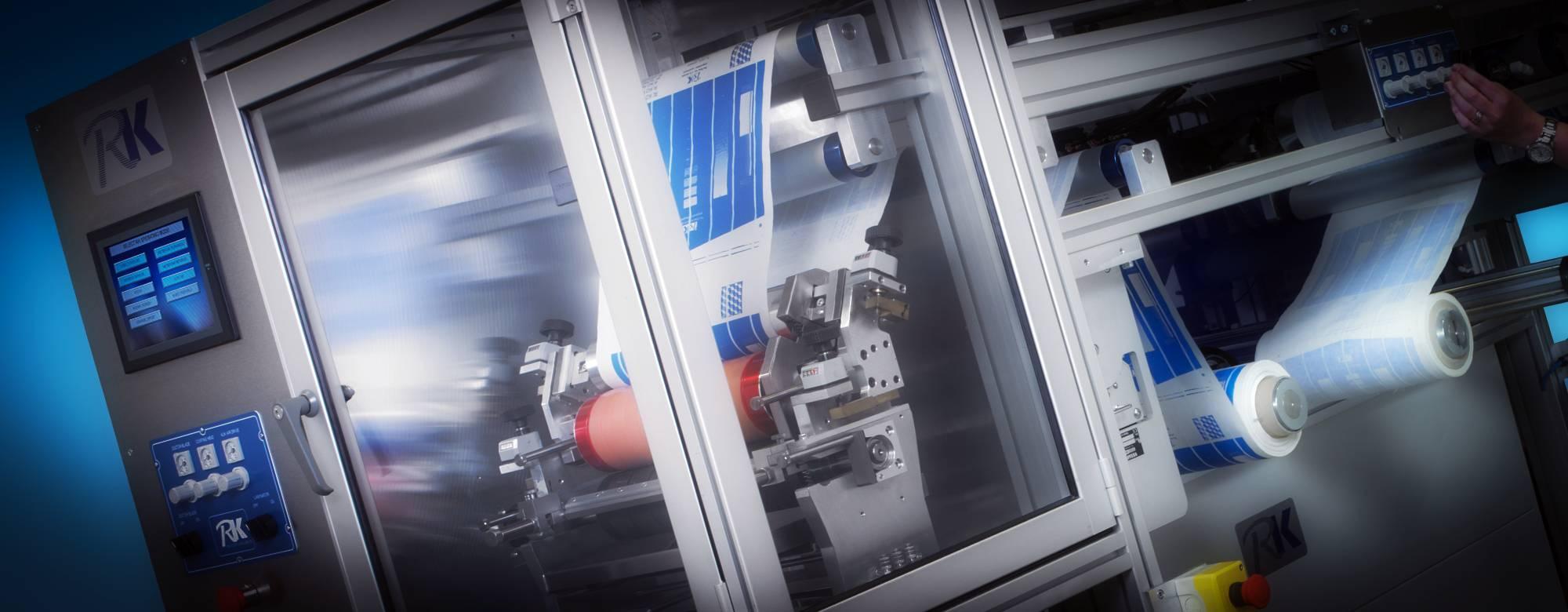Flexible packaging has been a key enabler in the establishment of modern supply chains for FMCG providers and retail ready organisations such as shopping clubs, warehouses and hypermarkets. Dynamic, influenced by consumer buying patterns and opinions, flexible packaging producers must continually innovate, re-invent, adjust, adapt and meet the challenges associated with sustainability and recyclability and other eco-associated issues.
Packaging producers and support suppliers as well as countless others that are involved in production; those that add of form, function and added-value are well aware that for all of us: ‘the clock is ticking’. While we cannot uninvent plastics’ we all appreciate the need to put the house in order and reduce our carbon footprint. Endeavour where possible to find alternatives to solvents and fossil fuel material derivatives, ideally, solutions that don’t compromise on performance or undermine barrier properties and by association, safety. The practicalities of conversion and the realities of introducing new materials, new formulations and the evaluation of performance over time might make for measured progress, but progress nevertheless.
Bio-materials are under investigation
Biodegradable and bio based, bio compostable materials for flexible packaging and for food, beverage and for medical/health care goods are under investigation with progress being made in many areas. PLA or polylactic acid is one of a number of biodegradable polymers that in certain circumstances is being considered as being an alternative to non-degradable materials. PLA is derived from renewable sources and can be enzymatically broken down, which makes for an efficient closed loop control of waste. PLA is prone towards being brittle. Oxygen and water permeability may be an issue. On the plus side PLA is resistant to oils, an important requirement for many foods. PLA also offer good transparency and good sealability. Packaging technologists must tread carefully to ensure that the permeability or barrier properties of the material under review or prior to process commitment is appropriate. Light, visible, UV and other apportioned wavelengths can be responsible for chemical changes that impair barrier effectiveness; for example: it can trigger an oxidative reaction. For some foods light induced changes can affect the nutritional value of foods and even produce off-flavours.
Barrier critical properties that may be required for flexible packaging or flexible constructs for other applications include: moisture and humidity control, safe sealing and airtightness; heat resistance, peel-ability and grease proofing. Although more often than not a barrier is required to protect a product from external spoilers that is not always the case. In for example coffee bean bags and pouches a barrier needs to be in place to lock in the aroma and seal in quality.
Application of barrier coatings onto films and papers
RK Print Coat Instruments Ltd has become very involved in the design, manufacture and supply of custom configured coating systems for the application of barrier coatings onto films and papers. The objective of customers and companies in partnership with them is to use more in the way of environmentally acceptable and efficient coatings, many of which are water-based and are formulated with lower solids content.
The formulation and configuration of many of the newer materials and the move towards using water-based inks, water wash inks, adhesives and coatings does mean that dryers must be optimised accordingly. In many instances RK have configured VCMLs with three drying tunnels for customers, especially for applying coatings on paper. The conversion of lighter weight mono or multi web constructs, often incorporating a high percentage of recycled content – tests processes and systems as well. Coating systems, both pilot and production are being utilised for a variety of purposes, perhaps the most important of which is to provide food and beverage packaging with the barrier properties necessary to ensure products are of optimum quality, protected from spoilers such as oxygen, water vapour, light and microorganisms but also free from the risk of chemical migration.
Barrier properties can be affected by processing transients and by compatibility issues during production and by temperatures associated with end-use. Materials can be sensitive and permeable to more than on barrier protective irregularity. For instance, they may be sensitive at the same time to moisture and to oxygen.
Manufactures and converters up until now have combined layers of different materials to obtain barrier resistance or for printability and processing requirements. Compatibility issues and processing transients occur even with materials or combination of materials that are currently in use and there is no reason to doubt that process disruptors will not continue to occur when processing newer materials as they become available over the next few years.
Economy, efficiency and effectiveness
In order to develop new coating materials, modify existing materials and determine the efficiency and quality of performance of inks, adhesives and methods of applying them, economically, efficiently and effectively there must be in place the enabling technology. The majority of RK Print Coat Instruments VCM and VCMLs in the past year have been supplied for flexible packaging and particularly for applying barrier coatings onto films and papers.
Reverse gravure is a suitable applicator method of choice in that it provides an extremely homogenous coating without pinholes, which is essential for barrier applications. Reverse gravure also facilitates the application of low and high coat weights simply by changing the anilox roller.
Written by Tom Kerchiss, chairman of RK Print Coat Instruments Ltd

